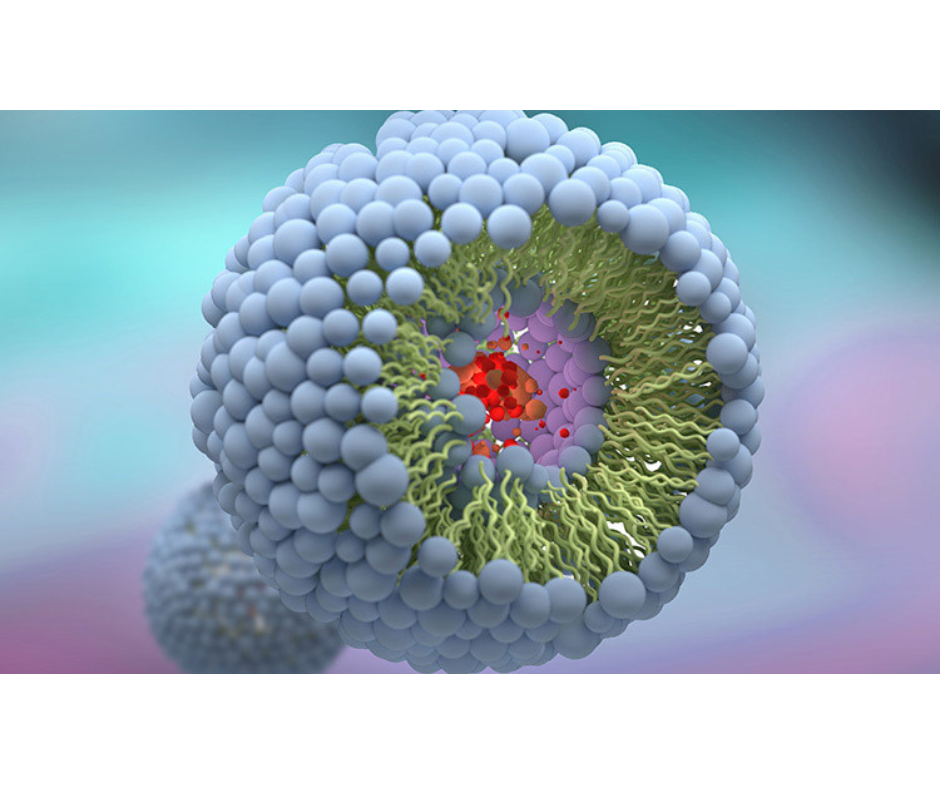
Ascorbic Acid Encapsulated in Liposomes: Influence on the Bioavailability of Vitamin C and Ability to Protect Against Ischemia-reperfusion Injury
Oral administration of vitamin C is usually less effective than intravenous administration, due in part to the lower bioavailability of vitamin C.
The purpose of this study was to determine the efficacy of oral administration of vitamin C encapsulated in liposomes.
On 4 separate randomly ordered occasions, 11 men and women were given an oral placebo or 4 g of vitamin C orally, liposomally or intravenously.
Data indicate that oral administration of 4 g of vitamin C encapsulated in liposomes (1) produces circulating concentrations of vitamin C that are higher than unca encapsulated oral administration but lower than intravenous administration and (2) provides protection against ischemia-reperfusion-mediated oxidative stress that is similar to the protection provided by unca encapsulated oral and intravenous administrations.
Image 1

Schematic representation of the protocol. On four separate occasions, after initial blood draw, participants were given an oral placebo or 4 g of vitamin C orally, orally liposomally or intravenously.
Three hours after the start of treatment, a blood pressure cuff was placed around the upper arm and inflated to 200 mmHg for 20 minutes.
Image 2

Plasma concentrations of vitamin C (ascorbic acid) before (time = 0 minute) and after: (1) oral administration of placebo, (2) oral administration of 4 g of vitamin C encapsulated in liposomes, (3) oral administration of 4 g of non-encapsulated vitamin C, and (4) intravenous administration of 4 g of vitamin C. (A) All treatments. (B) All treatments excluding intravenous administration. Twenty minutes of forearm ischemia began at three hours. * P <0.001 versus all other treatments; #P <0.001 vs oral non-encapsulated and placebo; and ^ P <0.001 vs. placebo. The data are the mean ± EE (plasma vitamin C: 1 mg/dL = 56.78 μmol/L).
Image 3

Change in circulating concentrations of TBARS from baseline (before) and after: (1) oral administration of placebo, (2) oral administration of 4 g of vitamin C encapsulated in liposomes, (3) oral administration of 4 g of non-encapsulated vitamin C, and (4) intravenous administration of 4 g of vitamin C. Twenty minutes of forearm ischemia began at three hours. * P <0.046 compared to all other treatments. The data is the average ± SE.
For more information, follow us on our Instagram: cpureworld
